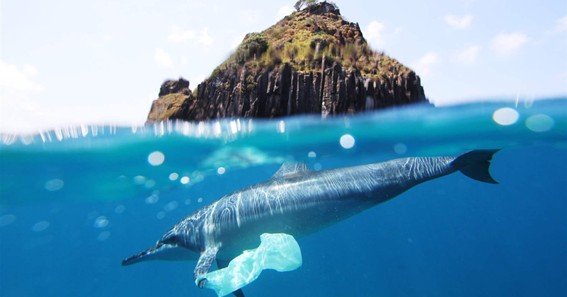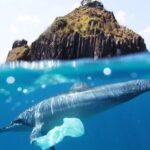When examining marine pollution, five facts of why the plastic affects sea horses provide insight into the devastating consequences of plastic waste on these unique creatures. Plastic pollution in our oceans poses a serious threat to sea horses through various mechanisms, from ingestion to habitat degradation. In this blog post, we delve into five key facts that explain how plastic waste is endangering sea horses and what can be done to mitigate these impacts.
1. Ingestion of Microplastics
Sea horses, like many other marine species, mistake microplastics for food. When ingested, these tiny particles can block digestive tracts, leading to malnutrition and potentially fatal internal injuries. Studies show that microplastic ingestion is a growing concern for many marine animals, including sea horses, which rely on their delicate feeding habits for survival.
2. Entanglement and Physical Injury
Discarded plastic debris, such as fishing nets, bags, and wrappers, can entangle sea horses. Their slender, prehensile tails—used for anchoring themselves to vegetation—make them particularly vulnerable to becoming ensnared in floating plastics. Entanglement can cause physical injuries, impair movement, and ultimately lead to death if not promptly addressed.
3. Habitat Degradation
Plastic waste contributes to the degradation of marine habitats by altering the natural environment. Sea horses depend on seagrass beds, coral reefs, and mangroves for shelter and feeding. When these habitats become contaminated with plastic debris, the quality of the ecosystem declines, negatively affecting sea horse populations by reducing the availability of safe and productive living spaces.
4. Chemical Contamination
Plastics often contain toxic additives and can absorb harmful pollutants from seawater. When sea horses ingest these contaminated plastics, the toxins can accumulate in their bodies, potentially disrupting their endocrine systems and impairing reproduction. This chemical contamination not only threatens individual sea horses but can also have long-term impacts on entire populations.
5. Disruption of Reproductive Processes
The presence of plastic pollution can interfere with the delicate balance of marine ecosystems, indirectly affecting the reproductive success of sea horses. The accumulation of plastics in the water can lead to changes in water temperature and chemistry, which may alter breeding cycles and reduce the survival rates of newborn sea horses. Such disruptions can contribute to declining population numbers over time.
FAQs
- What are the main ways plastic pollution affects sea horses?
Plastic pollution affects sea horses through ingestion of microplastics, entanglement in debris, habitat degradation, chemical contamination, and disruption of reproductive processes. - How do sea horses ingest microplastics?
Sea horses often mistake microplastics for food due to their small size, leading to ingestion that can cause digestive blockages and nutritional deficiencies. - Why are sea horses particularly vulnerable to entanglement?
Sea horses use their prehensile tails to anchor themselves to seagrass and other structures, making them susceptible to getting entangled in discarded plastics like fishing nets and bags. - What types of chemicals can be introduced to sea horses through plastic pollution?
Plastics can contain toxic additives and absorb harmful pollutants such as PCBs, heavy metals, and pesticides, which may accumulate in sea horses and disrupt their biological processes. - What can be done to protect sea horses from the impacts of plastic pollution?
Efforts to protect sea horses include reducing plastic usage, improving waste management practices, implementing marine protected areas, and supporting research and cleanup initiatives to restore healthy marine habitats.










